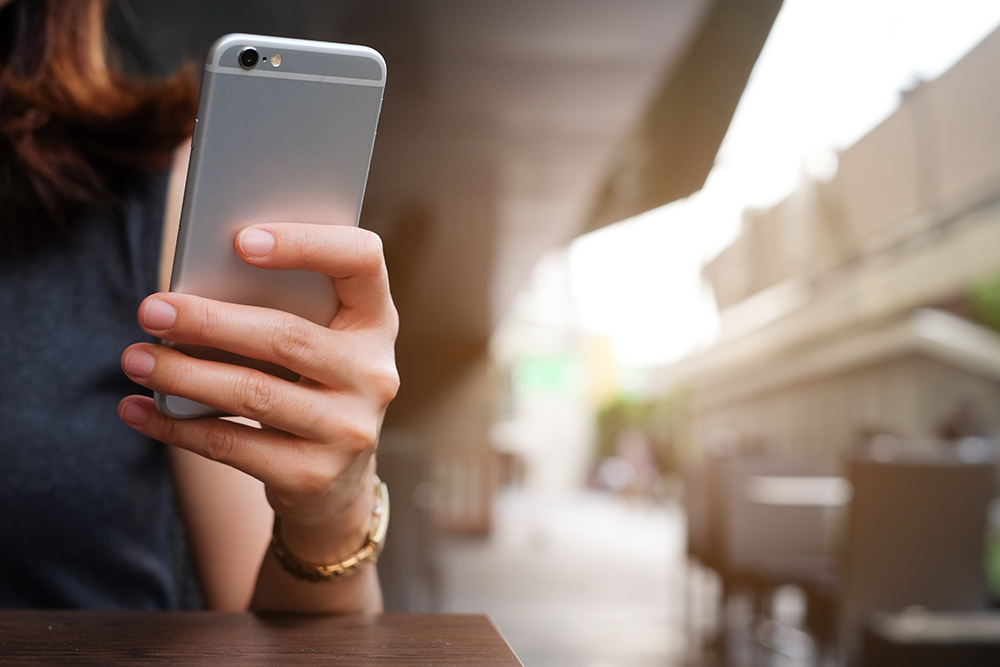Targeting the mobile consumer

Targeting the mobile consumer
Picture this…as you get ready for work in the morning you order your shopping via voice assistant, spend time during the commute perusing social media, and tap and buy the latest products you like being worn by the star of your choosing.
Throughout the day, you’re sent messages notifying you orders are ready or being shipped, while the grocery store offers a timely reminder to pick up that order placed this morning as you’re en-route home.
This is the scenario painted by The Conversation earlier this month as they outlined a compelling picture of the future of retail where mobile consumerism is the key driver of the new age.
So how do you target the mobile consumer? Well it’s already happening in a host of ways and here’s how.
A converging landscape
For the past decade retail has been transfixed by a steady rollout of technology all offering the latest ways to lure an increasingly savvy consumer. But it’s where these technologies meet and how they interact that’s ushering in a new era of retail, and one that doesn’t necessarily preclude the bricks and mortar store.
Instead it offers greater convenience, a smarter link between the online and the real, and ultimately allows retailers to better cater to their customer.
The key is in the convergence of a host of technology including omnichannel retail offerings, mobile commerce, voice payments, beacon technology, social media and more.
More mobile
There’s little doubt retail is becoming more mobile – from how we seek information and search for products to being able to make payments and instantly purchase the items that pique our interest on social media.
The Conversation explains: “In Australia, smartphone ownership sits at 88%, and purchases made via mobile phones have risen by 25% in 2017. In the United States it is predicted that almost half of all online shopping will be made via mobiles – m-commerce – by 2020.”
As previously reported here at Vitag: “Over 16 million people own a smartphone or tablet and three quarters of us use it just as much as a desktop or laptop when searching for ideas and advice about what to buy”.
Meanwhile, retailers have been actively embracing the mobile trend through mobile friendly websites, and mobile Point of Sale that allows the register to go to the shopper in store.
Mobile commerce now enables an array of payments including voice payments and allows even a retailer’s humble smartphone to act as a physical register.
More social
In the interim, retail has also entered a whole new world of potential with social media and the recently-released shoppable post.
Launched on Instagram in conjunction with Shopify, it hit Australia in March and means the consumer no longer needs to actively seek a product. Instead they can see something they like and instantly purchase it.
As Shopify explains: “The expansion of the shopping on Instagram channel means that merchants can now tag products in their posts, letting consumers complete the entire buyer journey from discovery to checkout”.
“Whether you’re sharing a high-quality product shot or a user-generated photo, product tags can turn organic engagement into an opportunity for customers to tap through to your products on Instagram and checkout directly on Shopify, without visiting a link in your bio.”
Location
And then there’s beacon technology which actively lures the mobile consumer while they’re inside or within proximity of a store. Working via Bluetooth they can alert consumers using a store’s app about sales, products and incentives.
Global Insights tips the technology is now coming into its own with the market set to exceed $25 billion by 2024.
“The beacon technology market is gaining momentum due to consistently growing demand for proximity-based marketing solutions in the retail environment. As there is an increasing need for personalised service experience by customers, retailers are exploring modern technological alternatives for improving in-store advertising efforts.”
“With smartphones poised to emerge as the ubiquitous technology of the 21st century, their rapid adoption around the world is boosting the growth of the market,” they reflect.
Ultimately what it offers retailers is the ability to harness the power of mobile technology and push information right into a consumer’s hands.
“Large scale U.S. retailers such as Walmart and Target have deployed beacons in numerous retail stores for beaming promotions, coupons, store maps and products info via their mobile apps,” Global Insights continues.
“As traditional retailers in the region are becoming more adept at using technology to sustain against e-commerce retail models, beacons have emerged as the go to technology to enable a rich digital shopping experience for their customers.”
Together these factors are driving a new retail environment where online and real world actually work hand in hand. The consumer may be mobile, but the latest technology harnesses this mobility to drive online and bricks and mortar purchases, while improving the instore experience.